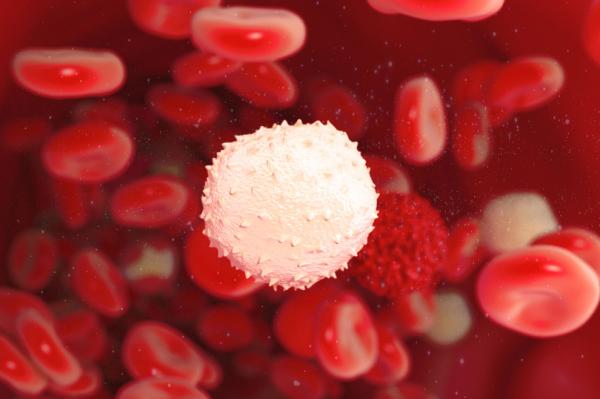
WASHINGTON, Dec. 5 (UPI) — Young adults and older children with X-linked severe combined immunodeficiency (SCID-X1) are safe to undergo gene therapy, new research says.
The National Institute of Allergy and Infectious Diseases reports a procedure including the extraction, genetic correction and reinsertion of a patient’s bone marrow can help their immune systems improve over time.
SCID-X1 is an inherited disorder which almost exclusively occurs in males. It is caused by mutations to the IL2RG gene, which primarily instructs the body in making protein cells needed for a healthy immune system. A person born with SCID-X1 is extremely vulnerable to infection by bacteria and organisms that usually do not make healthy people sick.
The new experimental treatment involves extracting a patient’s bone marrow and treating it with a normal IL2RG gene. After a low dose of chemotherapy, the new marrow cells are then infused back into the patient.
The ongoing NIAID study, in association with St. Jude’s Children’s Research Hospital, observed one successful administration of the specialized therapy out of two initial participants.
Three years after receiving gene therapy, the patient reportedly continues to improve. The NIAID reports the second patient died of a pre-existing lung condition two years after receiving the treatment.
Three other patients between the ages of 7 and 24 are showing improvement after undergoing the bone marrow treatment three to six months ago. They are still being monitored as the study continues to recruit new patients between the age of 2 and 20.
An in-depth discussion of the NIAID’s findings will be presented Sunday at the 57th Annual Meeting and Expositio






